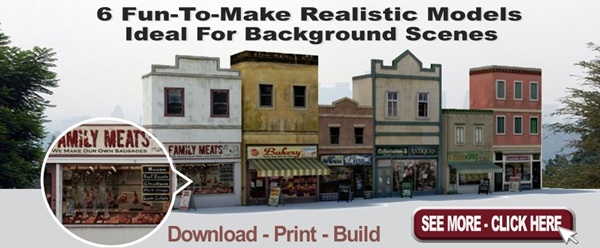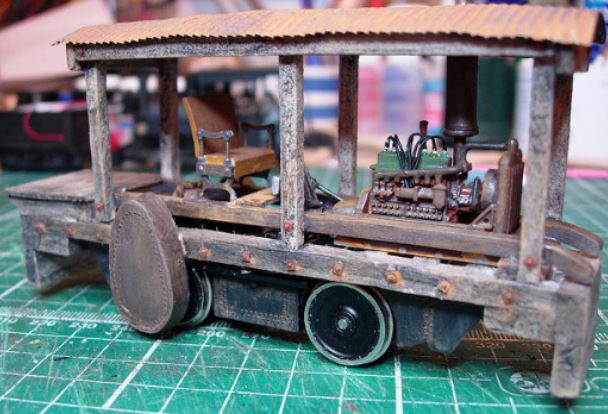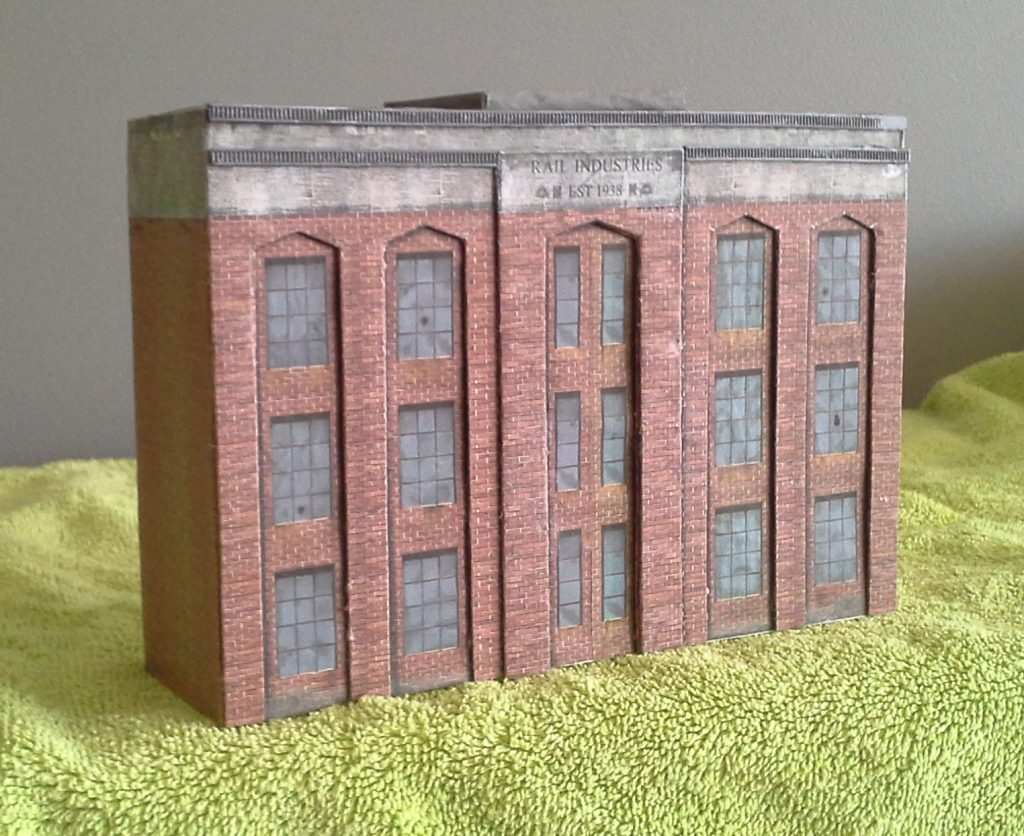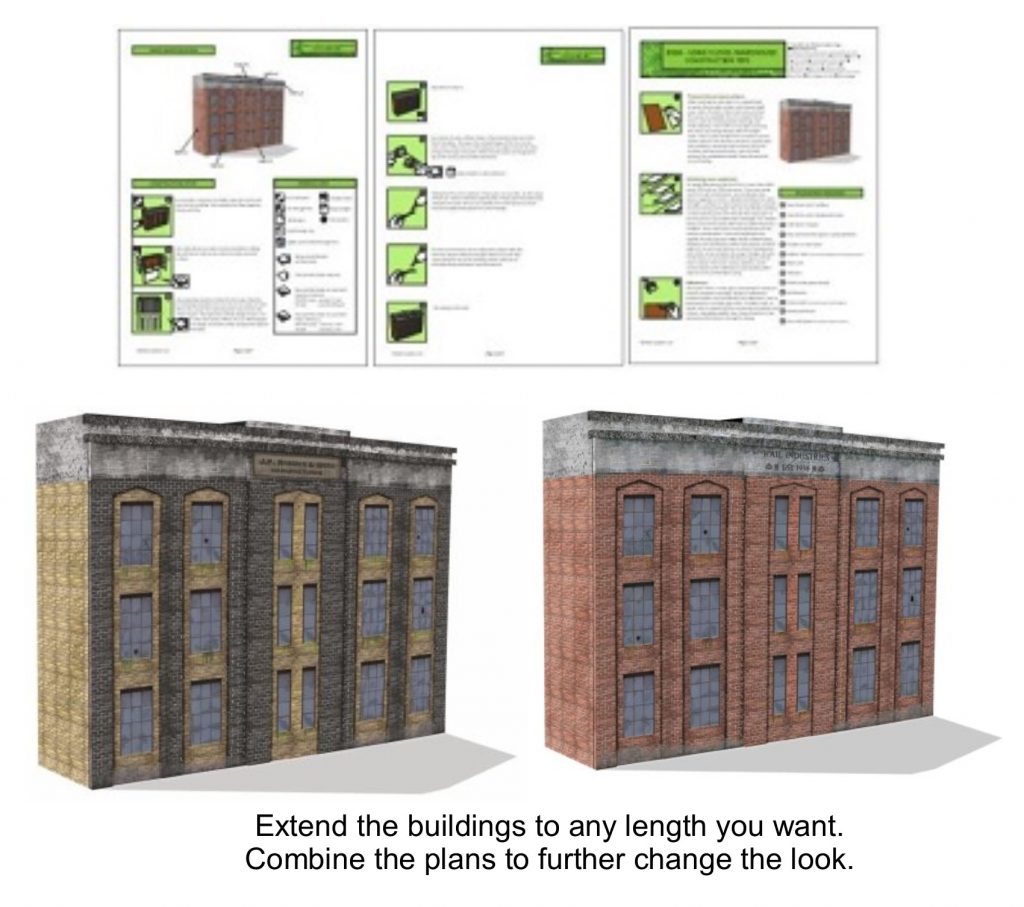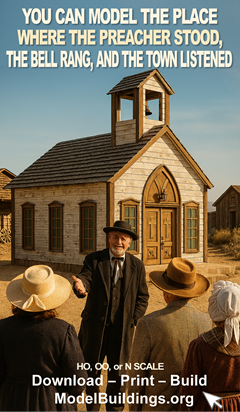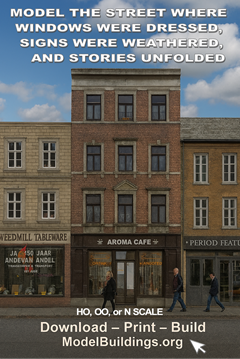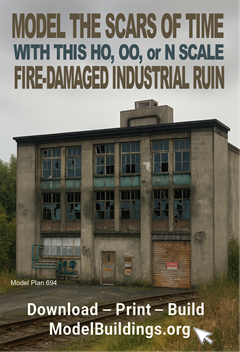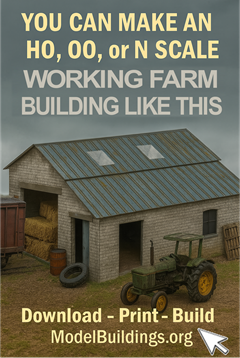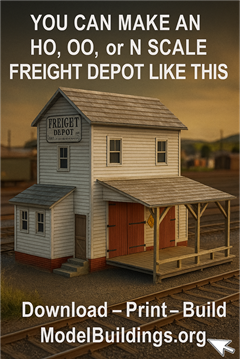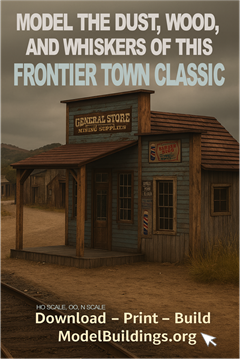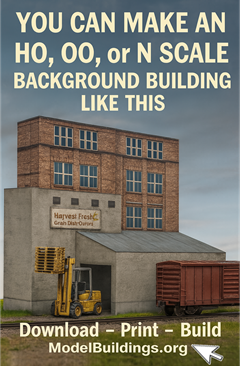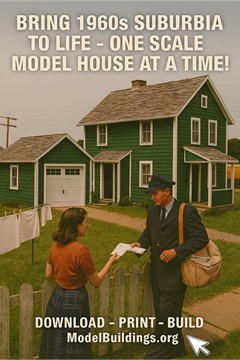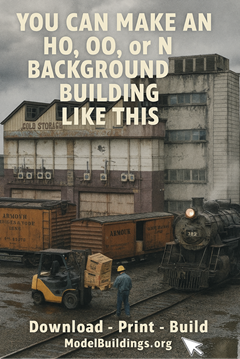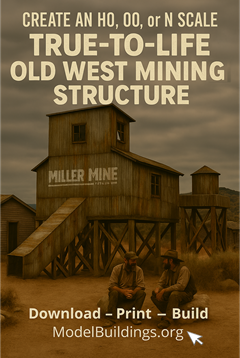Everything on model trains, model railroads, model railways, locomotives, model train layouts, scenery, wiring, DCC and more. Enjoy the world's best hobby... model railroading!
Scratch Building A Critter… and What is a Critter?
The term “Critter” is one of those not so common model railroading words that confuses many in the hobby.
It is hard to put an exact definition on what a “Critter” is, but generally it could be any self propelled locomotive that runs as a support engine to move other cars around as opposed to being in regular mainline operation. Critters are often reasonably small (3 tons or less) with a small cab, or in some cases no cab at all. Most have a x-4-x wheel arrangement but some in the hobby would argue there are no hard or fast rules on what defines a locomotive as being a “Critter” or not. Some would say a double trucked locomotive of any construction could fit the definition whereas others might disagree. Could a small lightweight piece of MOW equipment that is not considered to be a “locomotive”, but is still capable of pulling cars on a mainline, be a Critter? Would a “Shay” fall under the definition, or would only a small Shay fit the definition? When is a critter, a critter, or not a critter?
Over the years I have heard people define a variety of locomotives as being “Critters” when others might disagree, so it is one of those railroading terms that perhaps we could do without? You might disagree. Anyway, it would be interesting to here what others think, and how you might best define a “Critter.”
That brings me to a question posted by William who asks others:
“Howdy, this is William and I have been busy with trains again. I have this project…an On30 mechanized bugger. Here is a photo of it that I found on-line. The driver sprocket is covered by a plated cover. I have seen this part and want to purchase one and can’t remember where I saw it. Please help with identification: manufacturer, item#…thanks in advance!”
If you would like to answer the question from William, or give your thoughts on what defines a loco as a “Critter”, then used the COMMENTS link to have your say, or to see what others have to say.
Distance Between Rail Height and Lighting Above
Wayne posted this question and is hoping for some help from others in the hobby:
“I am building an HO shelf layout. What is the recommended distance from the top of the rail to the valance above where the lighting source will be located? The shelf will be approx. 28″ wide. I am thinking of bringing the valance out 14″ from the wall? Thanks.”
Auto Forward/Reverse Circuit
Gopal models in N scale and asks:
“Can any of your readers help me? I need Auto forward /reverse circuit, with pause at both ends for my N scale ROCO layout. Does anyone know where I could purchase one online please?”
Tamper Track Machine Question
Sam posted this question for readers:
“I recently purchased an n gauge tamping machine Hobbytrain. Does anybody know how to fit a DCC chip into it?”
If you have a question you would like considered for publication, please use the ASK A QUESTION link below any posting.
Mixing India Ink With Isopropyl Alcohol For Weathering
Koot posted this question:
“The India ink I use for a wash with 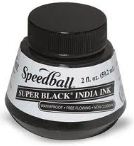 Isopropyl alcohol separates and black sediment settles at the bottom of the container. On the label it says that the ink can be diluted with distilled water. Why the separation?”
Isopropyl alcohol separates and black sediment settles at the bottom of the container. On the label it says that the ink can be diluted with distilled water. Why the separation?”
Add your COMMENTS below or post your own question using the ASK A QUESTION link.
You Can Make the LONGEST Background Building in the World with these Plans for just a few $$!
 Download the plans just once and you can print out several copies to make a VERY LONG scale model backdrop building in OO gauge, HO, or N scale. Just extend the backdrop building as far as you want. You can even join the red brick building to the gray brick building (both are the same size) to are variation. Easy to follow construction diagrams included.
Download the plans just once and you can print out several copies to make a VERY LONG scale model backdrop building in OO gauge, HO, or N scale. Just extend the backdrop building as far as you want. You can even join the red brick building to the gray brick building (both are the same size) to are variation. Easy to follow construction diagrams included.
http://www.modelbuildings.org/Pack-K-Industries-Backdrop-Structures.html
Problems Setting DCC Address For Locomotive
Roy has this question for readers:
“I have an HO steam loco with sound and am having a problem setting a long address. I use NCE Power Cab. I reset the address from 3 to a long address of 5063 and it runs well on that address. I turn the layout off but next time I run the loco in question the address has reverted to 3. I have tried to change it several times on the main but after turning the system off it still reverts to 3. Any suggestions to solve this annoying problem? Thanks in advance.”
How to Make a Sandy Desert Scene
 Dennis from Brisbane in Australia sent in this question for readers:
Dennis from Brisbane in Australia sent in this question for readers:
“I am planning my layout around an Australian theme and thought I would include a Aussie desert scene. Has anyone any ideas for making realistic looking reddish sandy scenery like in the Australian outback. Could I use real sand? If you have any thoughts then please tell me the answer. Ta.”
If you would like to have your question on this blog (10,000 readers weekly), use the ‘Ask A Question’ link below each posting.
Trains Stopping Intermittently With Peco Switches
Club member Marcus J models N scale and poses this question for readers:
“My Peco switches is causing me problems with trains stopping at times when they seem to short out. I fix it by slightly moving the throwbar on the switch to get the train running. It happens intermittently, so it’s not a constant problem but annoying enough to know I need the problem solved permanently. I’m sure someone out there will know what to do. Thanks in advance.”
Add your COMMENT or view the comments below.
What’s The Best Couplers For Superliner, AMFLEET and Viewliner Cars?
Buford models HO and posted this question:
“I need to replace all my couplers on my Walthers Superliner and AMFLEET and Viewliner cars. Can someone please recommend the best couplers for these types?”
Train Slows and Stalls
“I have a problem with a slow section of track. I have a very powerful transformer, but about a 6 inch section of track the train slows or stalls. I have checked the track, put on an extra transformer, no help. I tried running power to that section of track, but no change. I put the transformer on the curve, still no change. I am at my wits end. Please help if you can. Thanks, Jim”
Changing Couplers
Here is a question from Ron who is new to HO trains:
“I’m totally brand new to HO modeling … after sorting about 6 locomotives and about 40 misc cars (that I bought at a garage sale), I realized several need wheels and/or couplers … I see that all couplers are not the same … do you advise changing all of them so they are compatible … also how do you change the dang things! (I’ve tried) … thank you”
Question About 16V AC or DC Power Supply
George who is new to model railroading has this question:
“I am very new to the model train world and I’m hoping you can help me out. I recently purchased the HO Bachmann Echo Valley Express with Digital Sound (HO Scale). I now purchased 22 radius track to add a second oval. I also purchased a left and right #6 Remote Crossover Turnout. There is a note on the instructions for it that says: All analog turnouts (non-DCC) require 16V AC or DC accessory power supply for operation. Where do I buy this additional power source? Do I need more than one? And how do I set them all up? Any help would be very appreciative. Thanks!”
Submit your question to the Blog Moderator using the ADD A QUESTION link underneath this posting.
View the comments and answers using the COMMENTS link.
Will Laying Turnouts Back to Back Cause Derailments?
Ken has this question for readers:
“I am laying HO track at 50mm centers and wish to switch between parallel tracks using Peco ST240 and 241 turnouts. I am running some NSWGR 6 wheel carriages and steam locos. Will laying the turnouts back to back cause potential derailments or running issues or should a short straight be placed between the turnouts? If a short straight is introduced won’t this increase the center to center distance between the parallel tracks?”
Use the ADD A QUESTION link below submit your question for publication. Tip – the best questions usually get the best answers.
Use the COMMENTS link below to add a comment or to view the comments and answers.
Do Track Cleaning Cars Really Work?
Fred used the ‘ASK A QUESTION’ link to post this question:
“Has anyone used a track cleaning car on N scale? I’ve seen a couple advertised and am wondering if they are worthwhile. I am using unitrack, if that makes any difference.”
Problem With Train Stopping On Crossing
William is hoping someone can advise him with his HO problem:
“I have a 19 degree Atlas crossing. My engines hesitate and some even just stop. How do I resolve this issue? It is getting frustrating.”
Live-Wiring Peco Code 100
Nigel models OO gauge and asks readers:
“My question is – First-wiring up Peco code 100 tracks to make them live ready for DCC operation. How do I wiring up the rails on a 21/2 inch incline and down through the 3/4 inch plywood board, without splitting/damaging the incline? And what is the best way for the wiring? Please can you help me out-Thank you!”
DCC Decoders
Steve has this question about his HO layout:
“I am getting back in to model railroading after a lengthy time and know nothing about DCC. Can I install any decoder into my DCC ready locomotives or are they Brand/style specific? I will have a small (under 100 sq ft layout), but want it to be/sound realistic.”
If you have a question to post on this blog, simply click on one of the ‘ASK A QUESTION’ links below.
